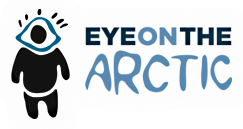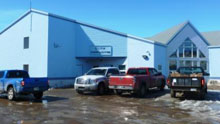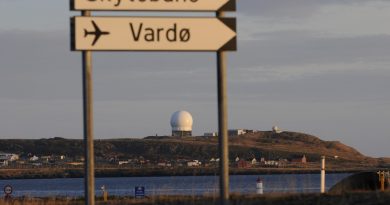Commission proposes changes to N.W.T. electoral boundaries

Electoral commission has made 4 recommendations – 3 of which support growing number of districts
The N.W.T. is reviewing its electoral boundaries, after an interim report from an independent agency gave the territory four options on how it can proceed.
Robert Gorin, chair of the N.W.T. Electoral Boundaries Commission, said in an interview with CBC’s The Trailbreaker that these reviews matter because boundaries may need to change if the population grows.
The last time boundaries changed in the N.W.T was in 2013. At the time, the population was 43,805. It’s now grown to about 46,000.
Gorin said there’s been significant growth in the territory, in particular Yellowknife, Monfwi and Nunakput.
“Because there’s been significant growth, and that growth has been concentrated in certain areas, it’s important that the number of electoral districts and the boundaries be reviewed,” said Gorin.
The first of the commission’s four options is to keep the number of districts at 19, but add one in Yellowknife and re-draw the boundaries in Yellowknife North. It would also split the current Monfwi district, with Behchokò being a standalone and a second district comprising Edzo, Frank Channel, Whatı̀, Gamètı̀, Wekweètı̀ and Highway 3 east to Boundary Creek.
The report also suggests merging the Mackenzie Delta district with the two Inuvik districts, and merging the Dehcho district with the two Hay River districts.
The commission’s three other suggestions all involve growing the number of districts, anywhere between 20 to 22.
Gorin said the Legislative Assembly told the commission not to consider anything less than 19 districts. He also said the commission can only advise and the assembly gets the final say.
Another objective is to ensure each district has a population size that’s within 25 per cent of the territorial average for one single district, which is currently at 2,354, barring exceptional circumstances. Gorin said that is a challenge.
“It’s quite challenging in the Northwest Territories just because we have a large number of different communities of interest,” he said. “The commission hasn’t come to any conclusion. I think our minds are open.”
In 2022, the commission recommended there be no change to the number of seats in the Legislative Assembly.
More representation not a new issue for one MLA
For Monfwi MLA Jane Weyallon Armstrong, having more representation of communities in the N.W.T.’s electoral districts is not a new issue.
“We’ve been talking about it since 2009 that I can remember, having an extra seat at the Legislative Assembly,” she said.
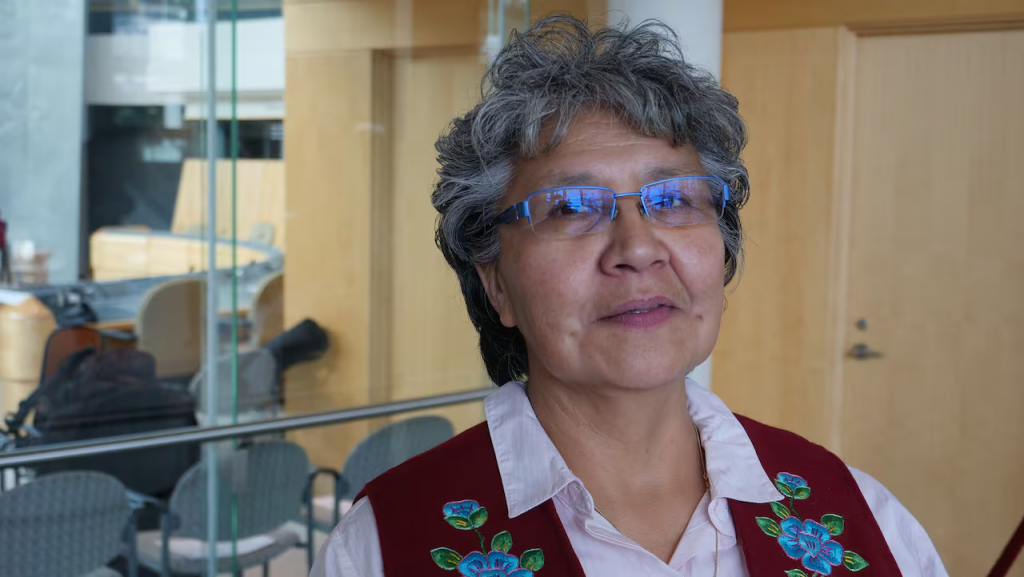
Armstrong said adding seats in the Tłįchǫ region could improve Indigenous representation in the N.W.T. government. She used Behchokò as an example and said that community deserves its own seat.
The report also states Behchokò has grown a lot, and that area is currently not well-represented.
“We’ve been left out for so long,” Armstrong said. “And we feel like we’ve been neglected overall.”
Change needed for equity, but needs to be budget-savvy, MLA says
Another district the commission found has grown since the boundaries were last changed is Yellowknife North. With the current boundaries, it’s home to more than 4,000 people.
The district’s MLA, Shauna Morgan, laughed and said “selfishly, I would not want to give up any of my current constituents.”
“I do really enjoy representing such a large and diverse group of residents,” she said. “However, I understand that the most important thing is for residents to have a more equal influence on the democratic process.”
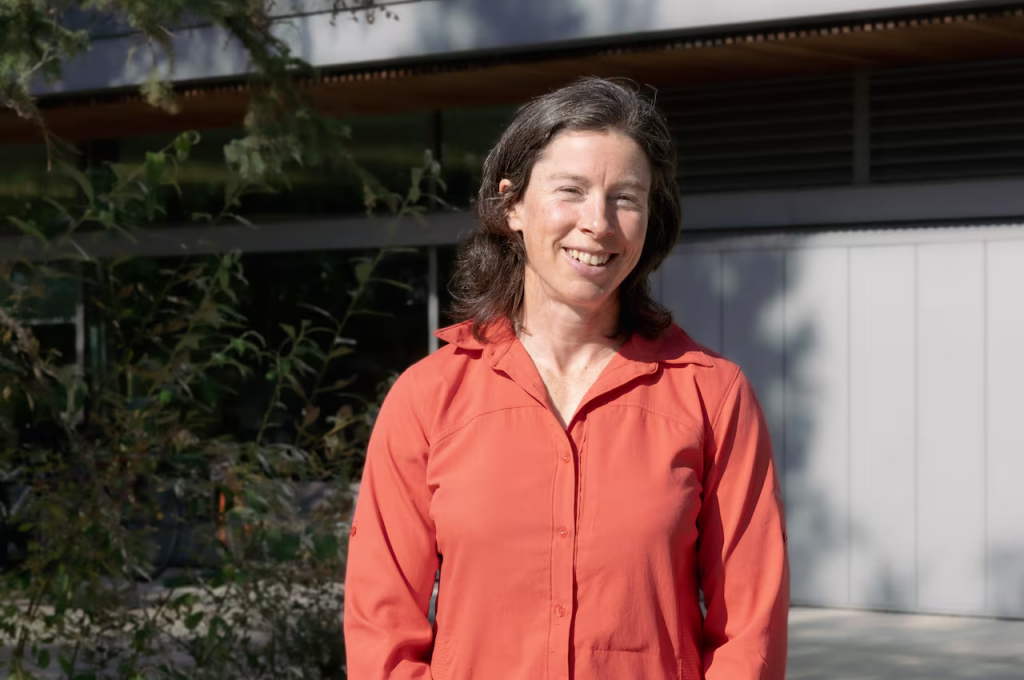
Morgan said she thinks having more districts, and by extension members, would be the better options going forward. One thing she doesn’t agree with, however, is a proposal to expand the Tu Nedhé-Wiilideh boundaries to include the Ingraham Trail, and will advocate to keep that as a Yellowknife district.
Another factor she said she has to consider is the cost of creating new MLA offices and spaces within the Legislative Assembly building, but she still believes change is needed.
“I think it’s likely we will need to add at least one new riding, but I think that the cost needs to be a factor that we consider,” she said.
Reviews on the N.W.T.’s boundaries need to happen every second election. The commission’s current report is not final, and Gorin said they still need to hear from the public.
The commission is holding public hearings in December and will send a final report to the Legislative Assembly in February.
Related stories from around the North:
Canada: After years of false starts on electoral boundaries, Yukon MLAs try again, CBC News
Norway: Norway’s FM Anniken Huitfeldt demoted in government reshuffle, The Independent Barents Observer
United States: Indigenous leaders divided over ANWR court ruling, Eye on the Arctic
